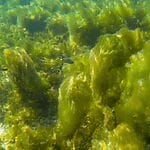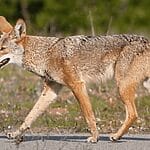There are some things that we are not used to seeing animals do, like cry, laugh, or even sweat. If you really think about it, you might not even remember ever seeing an animal do any of these things, especially sweat.
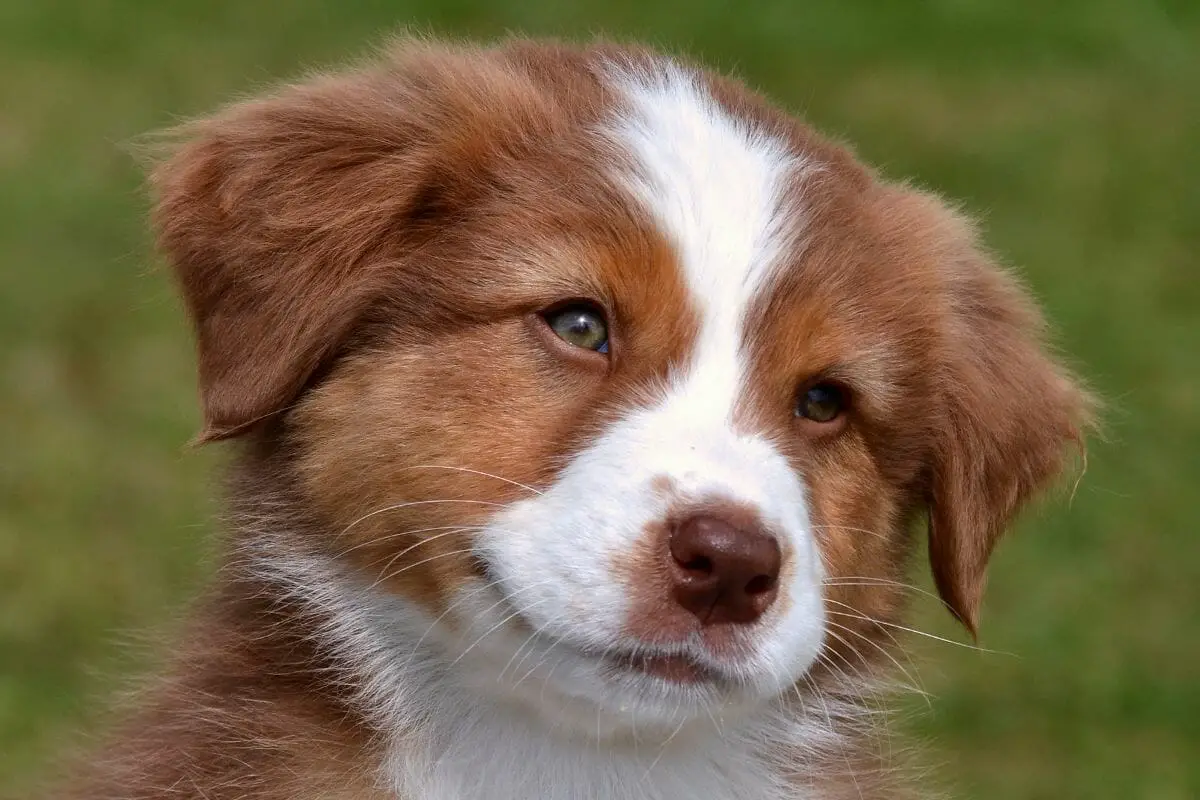
We all know that as humans we tend to sweat a lot, especially when we are using our bodies and doing something that uses a lot of our energy.
From running to jumping and from hitting the gym to moving up and down the stairs, we tend to sweat, and some people sweat a lot. Even when we are scared to death or it’s 40 degrees Celsius outside, we will just sit there and sweat profusely.
But are there any animals whose bodies react in the same way? Are there any species that use sweat as a means to regulate their bodies’ temperature? Are we unique in this world?
The quick answer is no, we are not unique and yes, there are animals that sweat. But, to find out what those are, keep reading below for a full list!
7 Animals That Sweat
1. Dogs
You might have not expected this list to start with many people’s best and most loyal friends, but dogs are one of those animals that sweat!
Indeed, dogs are equipped with a set of eccrine glands, which are also known as merocrine glands, around the pads of their paws that operate similarly to our sweat glands in cooling their bodies.
So, if you look closely at the paws of a god on a hot summer day, you will notice sweat gathering around it.
This kind of perspiration is feasible due to the relatively exposed skin of that area, which is clearly the reason why dogs only sweat in that particular place.
Dogs don’t get to sweat over the majority of their bodies due to them having dense furs and so, to maintain a constant, cooler temperature, they have to keep panting.
Their bodies can absorb heat and they can raise their temperature fairly quickly because their perspiration capacity is so scarce and inadequate.
Therefore, if you are a dog owner and want to help your pal regulate its body temperature on a hot day, you can do so by placing its feet in the cold (but not extremely cold) water.
2. Cats
Cats perspire through their paws, just like dogs, but also beneath their tails. They also employ their tongues to keep their temperature cool.
However, they do also perspire through their furs, which is why they frequently appear wet on hot days. Moreover, they are equipped with a bit of fat beneath their skin that aids in temperature regulation.
Whenever cats sweat profusely, it indicates that they have been moving around excessively, which is a good thing for them, as lack of exercise for them can result in infectious diseases affecting their paws.
Therefore, another way to keep their body temperature to a normal degree is panting. Once again, similar to dogs, these domesticized animals start panting in order to regulate their temperature whenever the weather gets warmer or cooler.
3. Horses
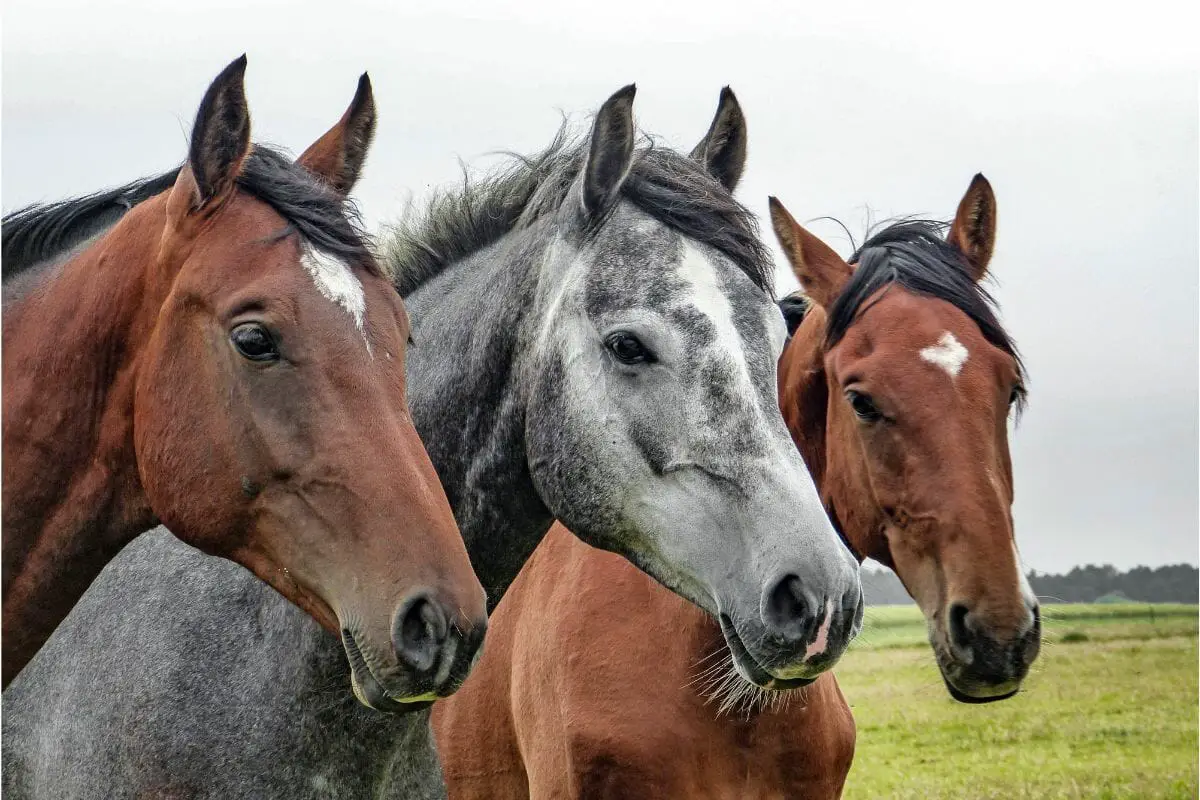
People working with horses for an extended period of time must have definitely noticed that they sweat profusely when training tirelessly.
When they are in practice or training in warm climates, they can also start producing a kind of foam or lather over their bodies, in particular around the rear legs and neck.
This foam contains a special protein named latherin, which appears to give the horses’ sweat a foamy look when it comes into contact with friction like that between the thighs.
The latherin enables perspiration to penetrate the surface layer of the waterproof hair, from the root to the ends. This tends to increase its exposure to air, with it evaporating from the horses’ bodies.
Latherin is also found in the horses’ saliva, where it aids in the chewing of high-fiber greens. Moreover, horses can effectively lose approximately 4 gallons of sweat per hour when training tirelessly.
Of course, the amount of sweat they’ll produce will depend on the intensity of the physical activity, the climate, and the weather’s temperature.
To understand how that compares to the horses’ water consumption, let us inform you that a horse can drink anything from 10 to 20 gallons of water in a day, so we’re talking about significant sweat production.
The efficiency of this temperature-control system makes panting excessively in hot conditions much less necessary, while cases, where horses do not adequately sweat, could be a strong indicator of a health issue.
Horses have a broad blood vessel network just beneath their skin that facilitates temperature regulation.
When these animals sweat in warm temperatures, their blood vessels widen to dissipate as much heat as possible.
In cooler temperatures, blood vessels contract, and blood flow are diverted deeper into the body. This is among the specialized systems that enable horses to be such incredible athletes.
4. Zebras
Zebras belong to the genus Equus together with horses and donkeys.
As a result, it does not come as a shock that their bodies can produce the very same foamy latherin that horses have and which aids in evapotranspiration and temperature control around their hair.
What may be especially intriguing about these animals is how the latherin can interact with the zebras’ stripes in unforeseen ways, with several experts believing that erect black hair can help sweat evaporate during the hottest time of the day!
Nevertheless, the way zebra stripes have evolved in history continues to be a disputed issue, and temperature regulation is only one theory among several others.
5. Hippopotamuses
Seeing as their habitats are places where the climate is hot, hippopotamuses sweat profusely.
While they perspire to maintain a cool temperature, like all animals that sweat do, including humans, they also do it to keep themselves clean.
Moreover, these animals are also known for “blood sweat,” a red oily fluid coming from specialized glands in their skin that they naturally produce.
However, this red sweat is not really sweating; on the contrary, this fluid acts as a skin moisturizer, water repellent, as well as antibiotic,
When direct light from the sun hits them, this fluid looks reddish, which prompted the first European explorers in Africa to refer to it as “blood sweat.”
By lying in water throughout the daytime and eating at night, hippopotamuses can avoid those direct sun rays. Because their skin is extremely susceptible to both dehydration and sunburns, this fluid functions as a natural skin lotion.
Whenever the hippopotamuses are relaxing in the ponds, it also prevents the skin from being waterlogged.
In spite of all this knowledge that’s been gathered throughout the years, the precise chemical structure of this fluid is unknown, and these animals are the only ones that produce it.
6. Gorillas
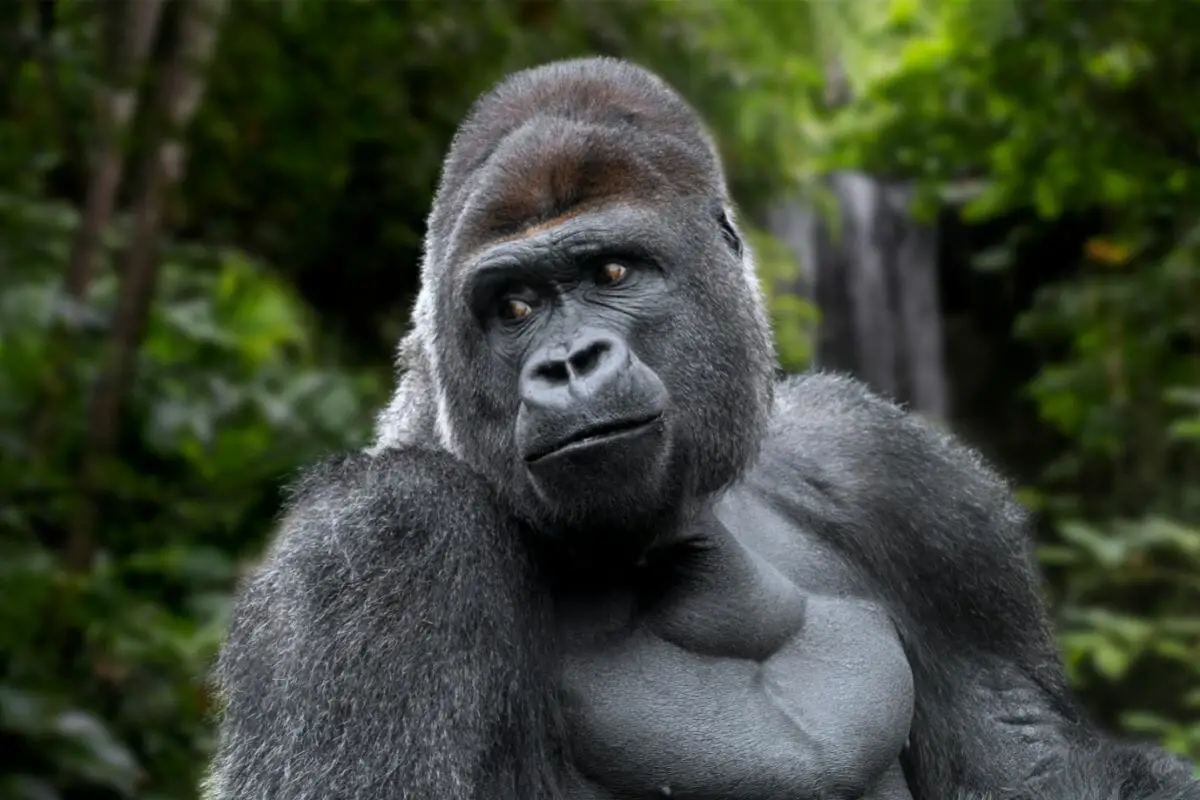
Gorillas are one of the many apes that exist in today’s world, and they are the closest relatives to us humans.
These apes can sweat in hot weather to keep their temperature levels to normal level. Yet, this temperature regulation is just one of the sweat glands’ functions.
Gorillas, the same as human beings and chimps, are equipped with a unique kind of tissue on their armpits which is officially referred to as axilla.
This organ is especially noticeable in male gorillas, and it has about 4-6 layers of glands that produce sweat as well as other body odors.
However, unlike us humans that sweat when training hard or running fast, gorillas use their sweat as a means of communication.
To be more precise, the smell and its sweat can alert the other gorillas of any other predatory animals or threats that might occur at any time.
7. Old World Monkey
An Old-World monkey is a group of primate species indigenous to African and Asian countries, with the best-recognized members of this species being macaques and baboons.
Macaques are a sub-species of the Old-World monkeys, with 23 species in total, the majority of which are found in Asia. The Rhesus macaque and the Japanese macaque are the most well-known of them.
Although these animals can sweat, it isn’t as noticeable as it is in their bigger ape cousins, the gorillas. This is most likely because of their skin’s relatively even distribution of eccrine and apocrine glands.
The baboon is one more of the Old-World monkeys that include six unique species indigenous to Africa and the Arabian Peninsula.
They have canine-like noses, strong jaws, pointed teeth, small tails, and massive bodies, with protruding butt cheeks.
These monkeys seem to be equipped with a plethora of eccrine glands which cover their bodies, and which are also responsible for producing sweat as a way of responding to high temperatures.
The Bottom Line
Humans retain the strong armpit odor for unknown reasons, despite the fact that it appears to serve no purpose. However, the animals in this article do share this body mechanism with us and use it to handle the hot temperatures as we do!







